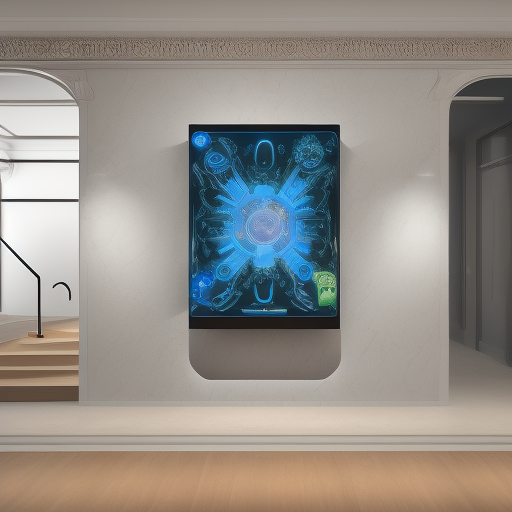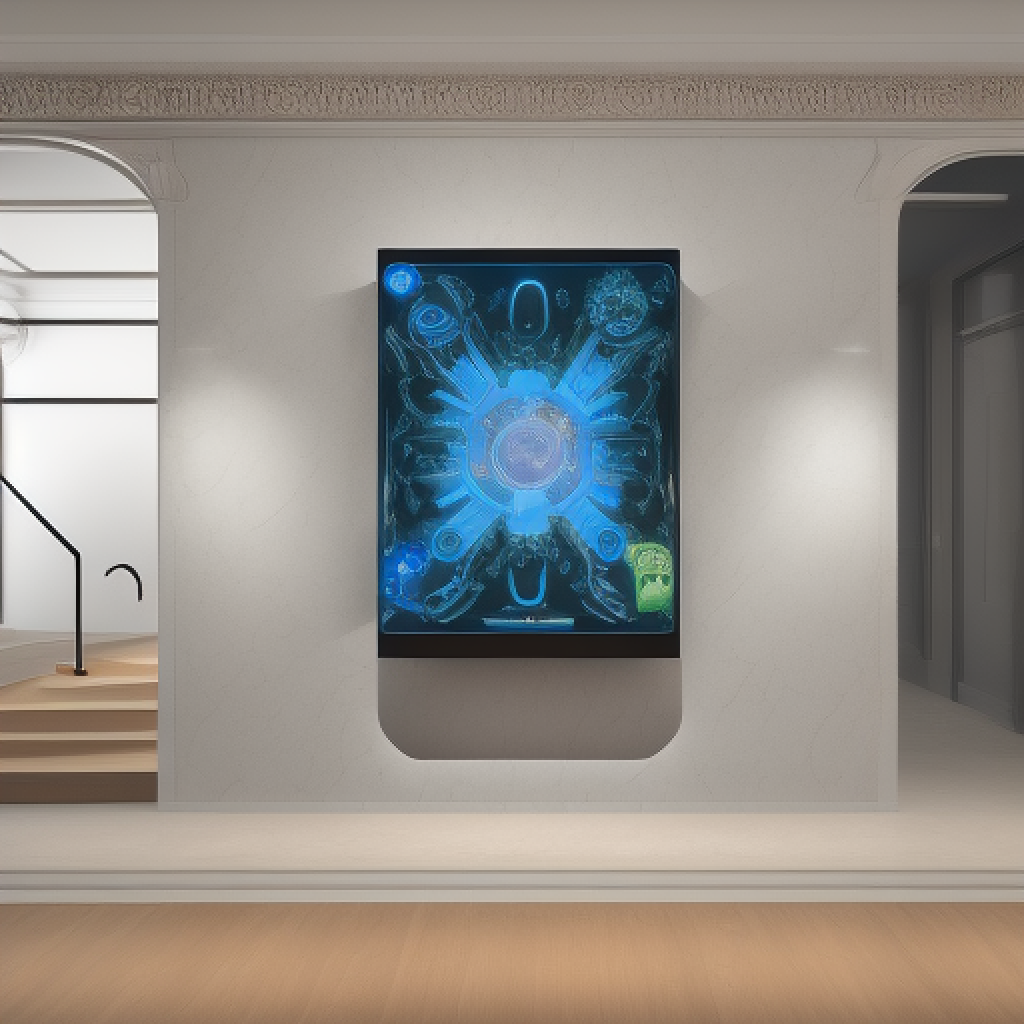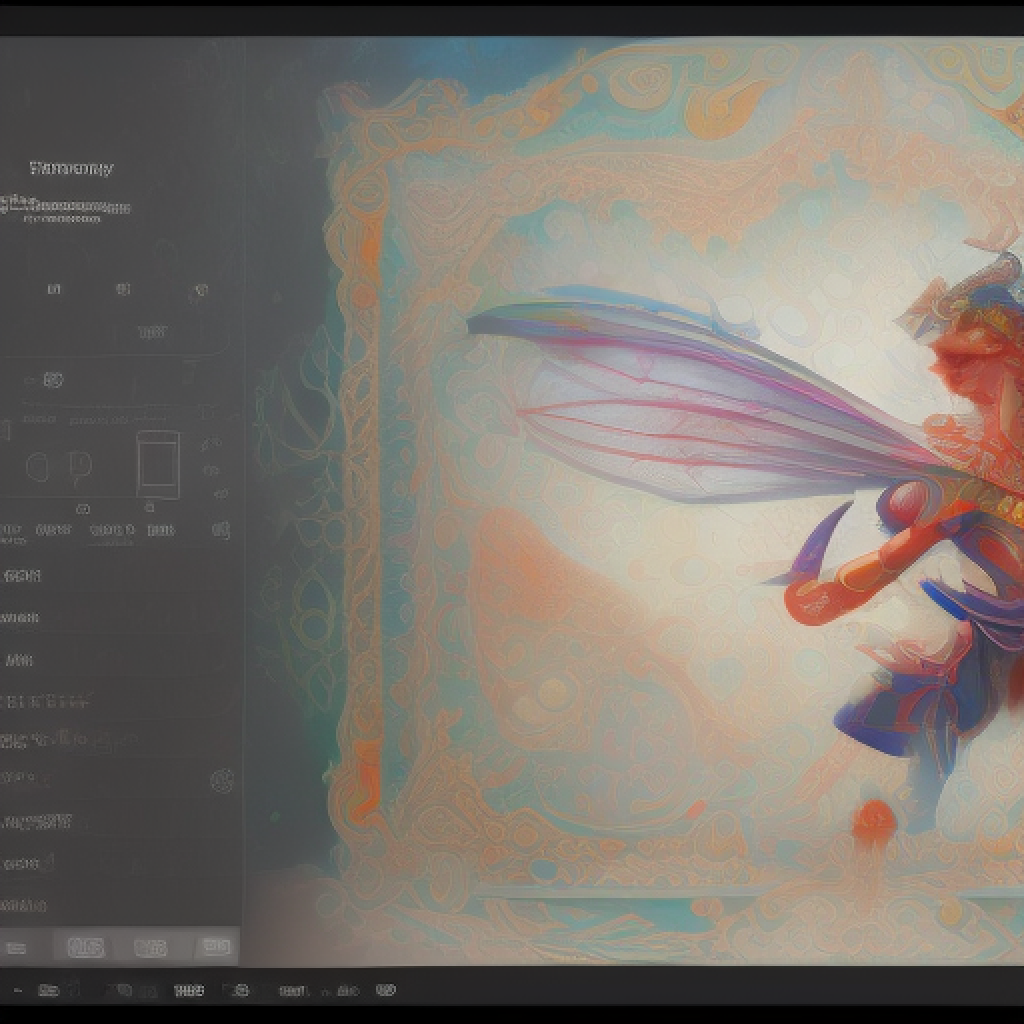Interactive touch panels in the art world

Interactive touch panels are becoming increasingly popular in the art world as a way to engage viewers and create immersive experiences. Here are some ways that interactive touch panels are being used in art:


Art exhibitions have come a long way from being merely a display of paintings and sculptures. With the rapid advancement in technology, art exhibitions have transformed into an immersive experience that engages visitors on multiple levels. Interactive touch panels have emerged as a popular tool in the art world to provide visitors with a more profound understanding of the art and the artist. These touch panels are strategically placed throughout the exhibition space, offering visitors information about the artwork, the artist’s background, and the significance of the art piece. They also provide visitors with the option to explore the art piece in more detail by zooming in or out or rotating the image. With the help of touch panels, visitors can gain a deeper knowledge of the art, which enhances their overall experience. Moreover, touch panels have the potential to create interactive elements within the exhibition. Many art galleries use touch panels to incorporate digital art, allowing visitors to manipulate artwork using touch screen technology. This interaction between the visitor and the artwork can create a more immersive experience, allowing visitors to become part of the art itself. Touch panels can also be used to explore virtual reality environments, providing visitors with an even more interactive experience. Virtual reality allows visitors to dive into a world created by the artist, offering an entirely new perspective on the artwork. By using touch panels, visitors can navigate through the virtual environment and engage with the art in unimaginable ways. In conclusion, the use of interactive touch panels has revolutionized the art exhibition experience. These touch panels provide visitors with a deeper understanding of the artwork and the artist, and the interactive elements create a more immersive experience. The art world is continuously evolving, and it is exciting to see how technology can be integrated into the art world to create new and innovative experiences.
Interactive touch panels have revolutionized the way people interact with art installations. These innovative devices have transformed static exhibits into interactive experiences that captivate and engage visitors. In recent years, museums, galleries, and event organizers have utilized interactive touch panels to create unique installations that are both visually stunning and immersive. One of the most significant advantages of interactive touch panels is that they enable more profound levels of engagement between the artwork and the visitor. With the help of sensors, cameras, and other advanced technologies, these panels can detect visitors’ movements and actions and respond accordingly. This level of interactivity enables visitors to become active participants in the artwork, allowing them to explore, discover, and create their own unique experiences. Interactive touch panels have also opened up new avenues for artists and designers to express their creativity. They use these devices to create installations that are not only visually appealing but also intellectually stimulating. For instance, an installation may require visitors to solve puzzles or complete challenges to unlock new features or hidden elements. These elements add a layer of excitement and challenge that traditional installations lack. The use of interactive touch panels has also expanded the accessibility of art to wider audiences. Visitors who may have been intimidated or disinterested in traditional art forms are drawn to these installations. They provide a fresh and exciting way to experience art, encouraging people to explore and learn more about the creative process. Moreover, interactive installations often incorporate multimedia elements, such as sound and video, that can appeal to a broader range of senses. In conclusion, interactive touch panels have transformed art installations into dynamic and engaging experiences. Their ability to detect and respond to visitors’ movements and actions has created a new level of interactivity and accessibility that traditional installations lack. As technology advances, it will be interesting to see how artists and designers continue to push the boundaries of what is possible with interactive touch panels.
Museums have been an essential part of human culture and history. They serve as an educational platform where visitors can learn about various aspects of art, science, history, and culture. Over the years, the concept of museums has evolved, and with the advancement in technology, museums have become more interactive and engaging. One such technological innovation that has transformed the museum experience is the use of interactive touch panels. Interactive touch panels are being used in museums worldwide to provide visitors with a more interactive and immersive experience. The touch panels are strategically placed throughout the museum’s exhibition halls, offering visitors an opportunity to learn about the exhibits and artifacts displayed. Instead of passively viewing exhibits, visitors can now interact with them through touch panels. The panels provide an interactive platform for visitors to engage with the exhibits, learn more about them and have a better understanding of their significance. One of the significant advantages of interactive touch panels is that they offer visitors a personalized museum experience. Visitors can choose the information they want to view and explore based on their interests. The touch panels can also provide visitors with a more in-depth understanding of the exhibits than traditional museum displays. They offer 3D models, images, and videos, which are not only interesting but also educational. The touch panels can also help museums to cater to younger audiences who may be more familiar with technology-based learning. Another significant advantage of interactive touch panels is that they can help museums to reduce the cost of creating interactive exhibits. Creating interactive exhibits can be expensive, and museums have limited budgets. With the use of touch panels, museums can create interactive exhibits without the need for physical installations. The touch panels offer a cost-effective solution for museums to provide engaging and interactive exhibits to visitors. In conclusion, interactive touch panels have revolutionized the museum experience, providing visitors with a more interactive, immersive, and personalized experience. They offer a cost-effective solution for museums to create interactive exhibits and cater to younger audiences who may be more technology-savvy. As technology continues to evolve, we can expect to see more innovations in the museum sector, making learning and exploration more engaging and fun for visitors.
In recent years, public art installations have become an increasingly popular way to enhance public spaces and engage communities. Interactive touch panels have been at the forefront of this trend, enabling artists to create unique and dynamic works that invite viewers to actively participate in the art. One of the key benefits of using touch panels in public art installations is the opportunity to create interactive experiences. By incorporating touch panels into an artwork, viewers can engage with the piece in a more meaningful way, whether by drawing on the panel or manipulating the images on the screen. This fosters a sense of connection between the viewer and the artwork, making the experience more memorable and impactful. Moreover, touch panels can also be used to add an educational dimension to public art installations. Many artists use touch panels to include informational displays about the artwork, providing viewers with a deeper understanding of the piece and its meaning. This can be particularly valuable in public spaces, where people may not have the opportunity to appreciate art in a more traditional setting such as a museum. Interactive touch panels have been used in a variety of public art installations, ranging from large-scale installations in public parks to smaller works in community centers and libraries. For example, one recent installation in New York City featured a series of touch panels that allowed viewers to create their own digital murals, which were then displayed on screens throughout the park. Similarly, in Chicago, a public art installation used touch panels to create an interactive map of the city, allowing viewers to explore different neighborhoods and learn about their history and culture. Overall, the use of interactive touch panels in public art installations represents an exciting new direction for public art, offering artists and communities a powerful tool for creating engaging and impactful works that can enrich public spaces and foster a sense of community.
Overall, interactive touch panels are becoming an increasingly popular tool in the art world as a way to engage viewers and create immersive experiences. With advancements in technology, we can expect to see more innovative uses of interactive touch panels in art in the future.







